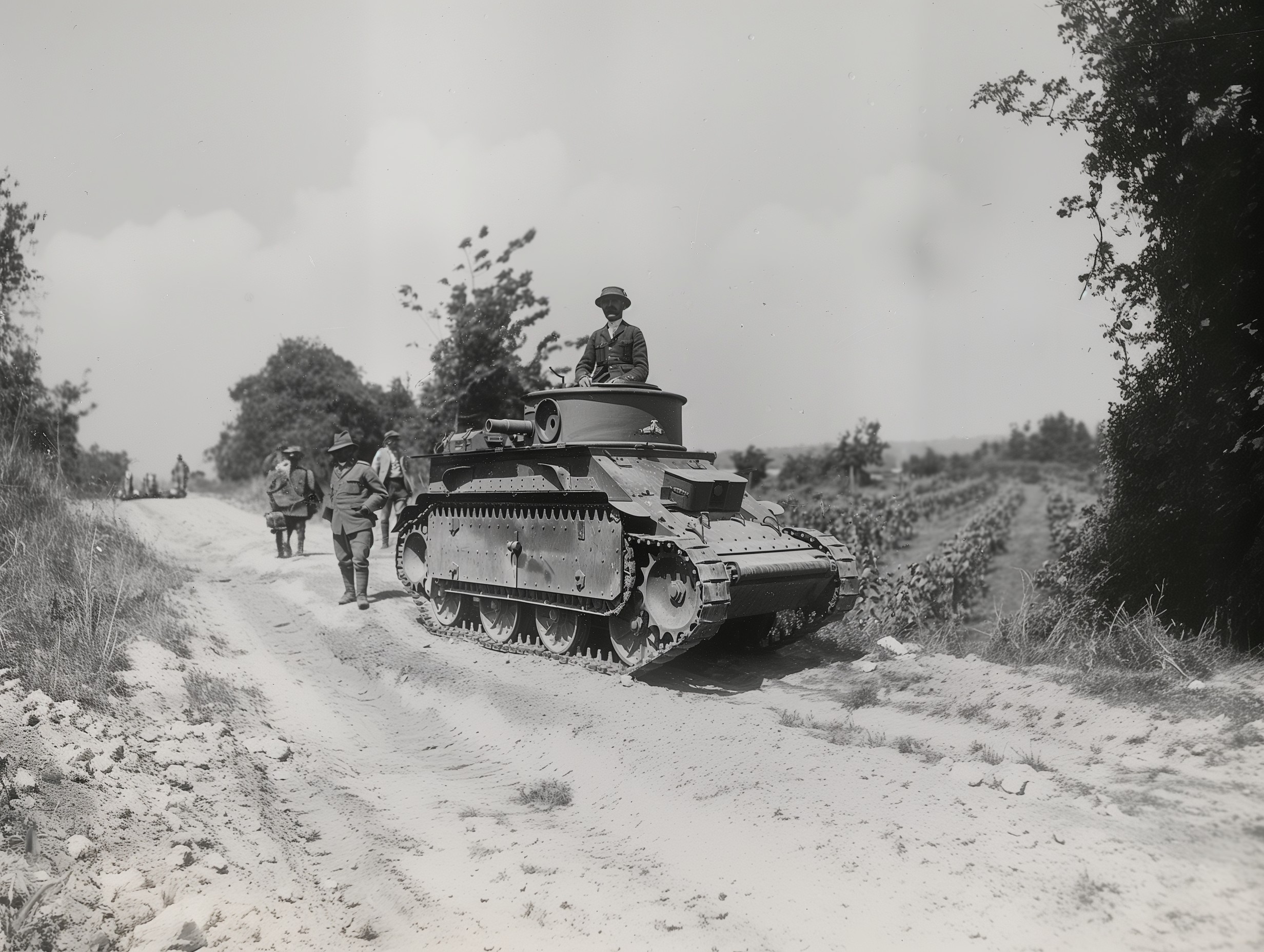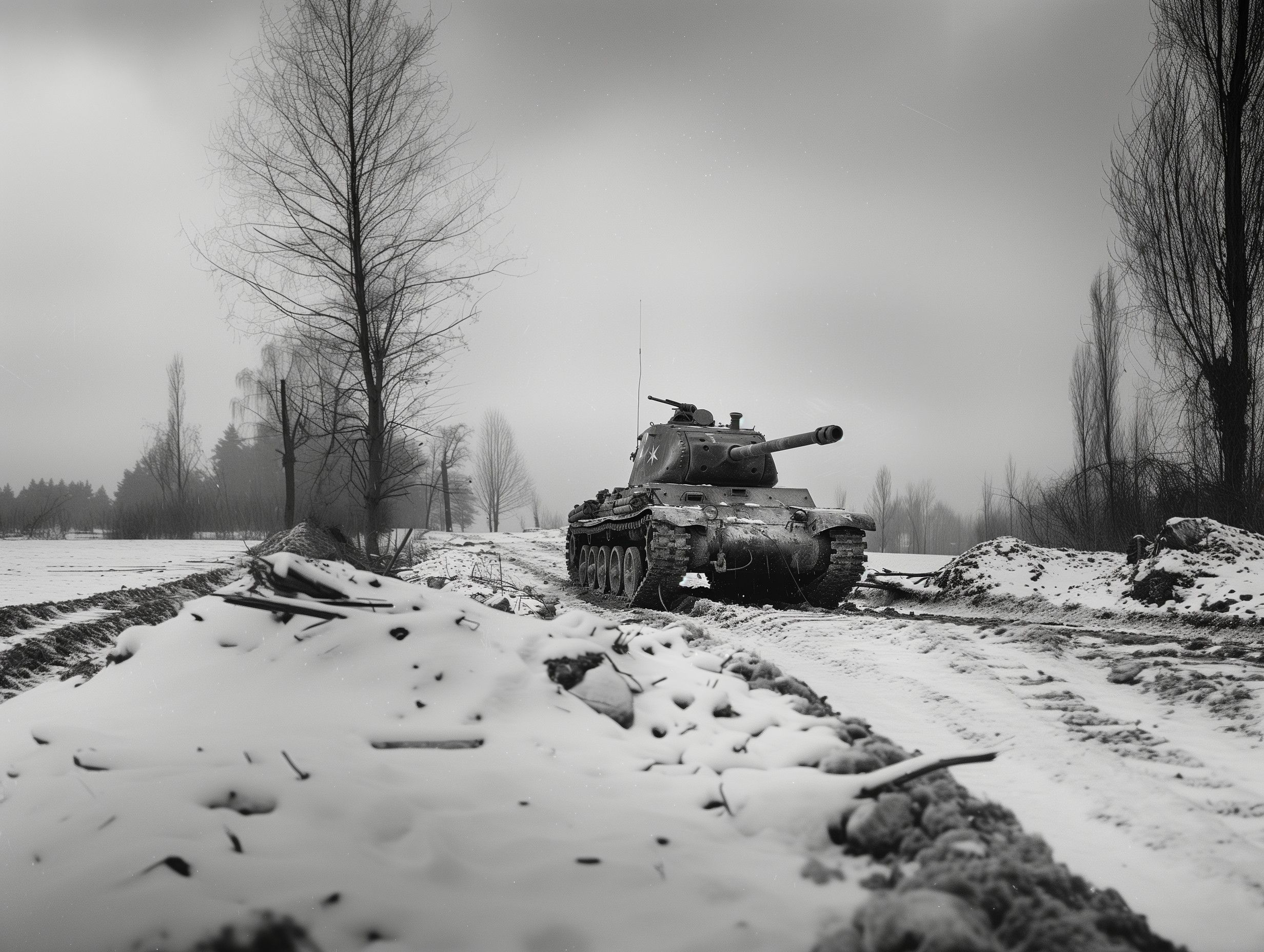The 25 Pounder Field Gun: An Overview
The 25 pounder field gun, officially known as the Ordnance QF 25 pounder, was the main field artillery piece used by British and Commonwealth forces during the Second World War. Designed to replace both the 18 pounder and the 4.5 inch howitzer, it was a versatile weapon that could be used in both the direct fire and indirect fire roles.
Introduced in 1937, the 25 pounder saw extensive service throughout World War II and beyond, being used in various conflicts until the 1960s. It was highly regarded for its accuracy, reliability, and the powerful punch it delivered. The gun was towed by a vehicle, typically a Quad, and required a crew of six to operate effectively.
The 25 pounder fired a range of ammunition types, including high explosive (HE), smoke, and illuminating rounds, making it suitable for a variety of battlefield roles. Its maximum range was approximately 12,000 yards (11,000 meters), but this could be extended with the use of supercharge ammunition.
Despite being replaced by more modern artillery systems in the post-war period, the 25 pounder remains a symbol of British and Commonwealth artillery prowess during World War II. Its legacy continues to be celebrated in military history circles and by vintage military equipment enthusiasts around the world.

